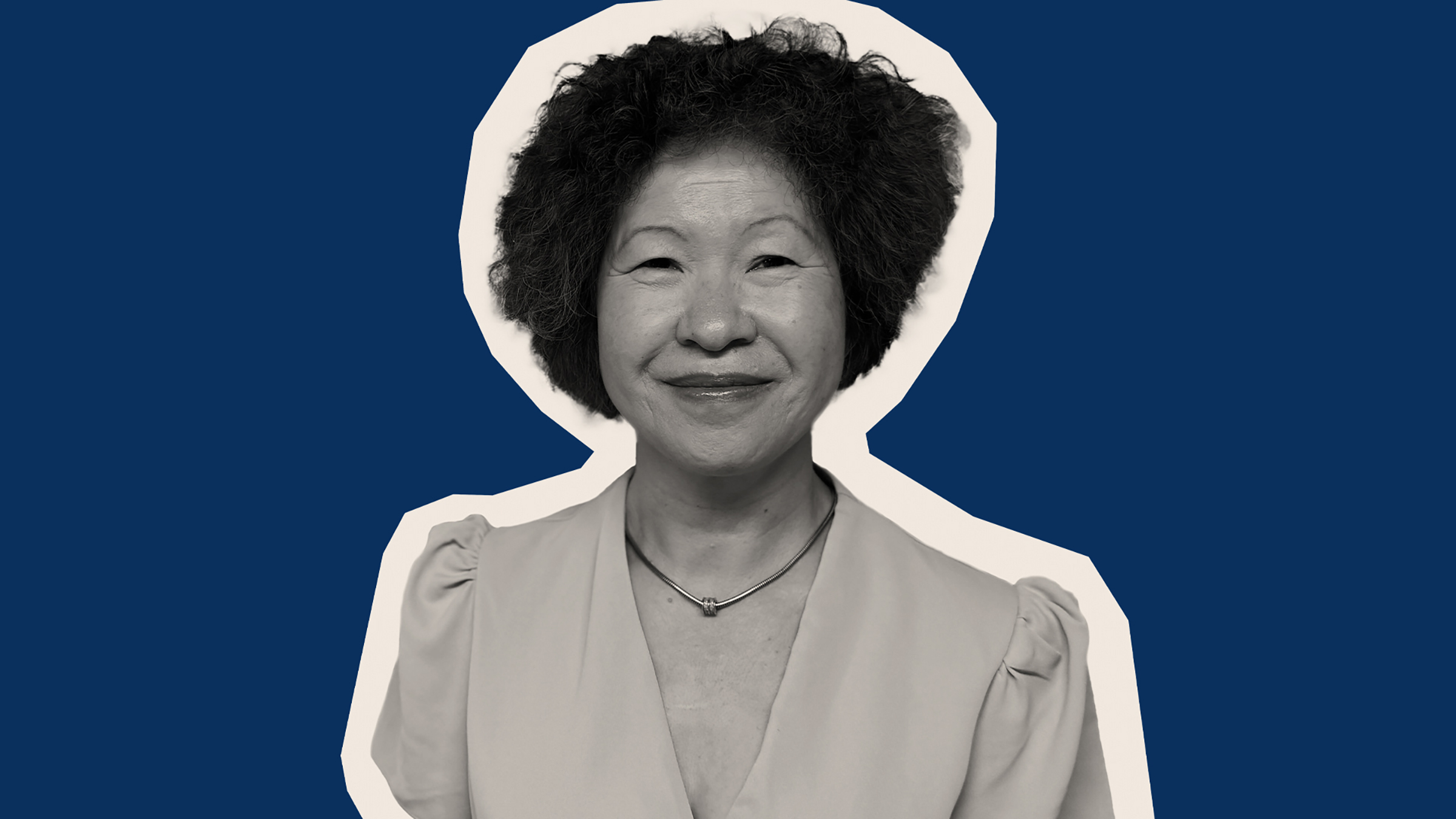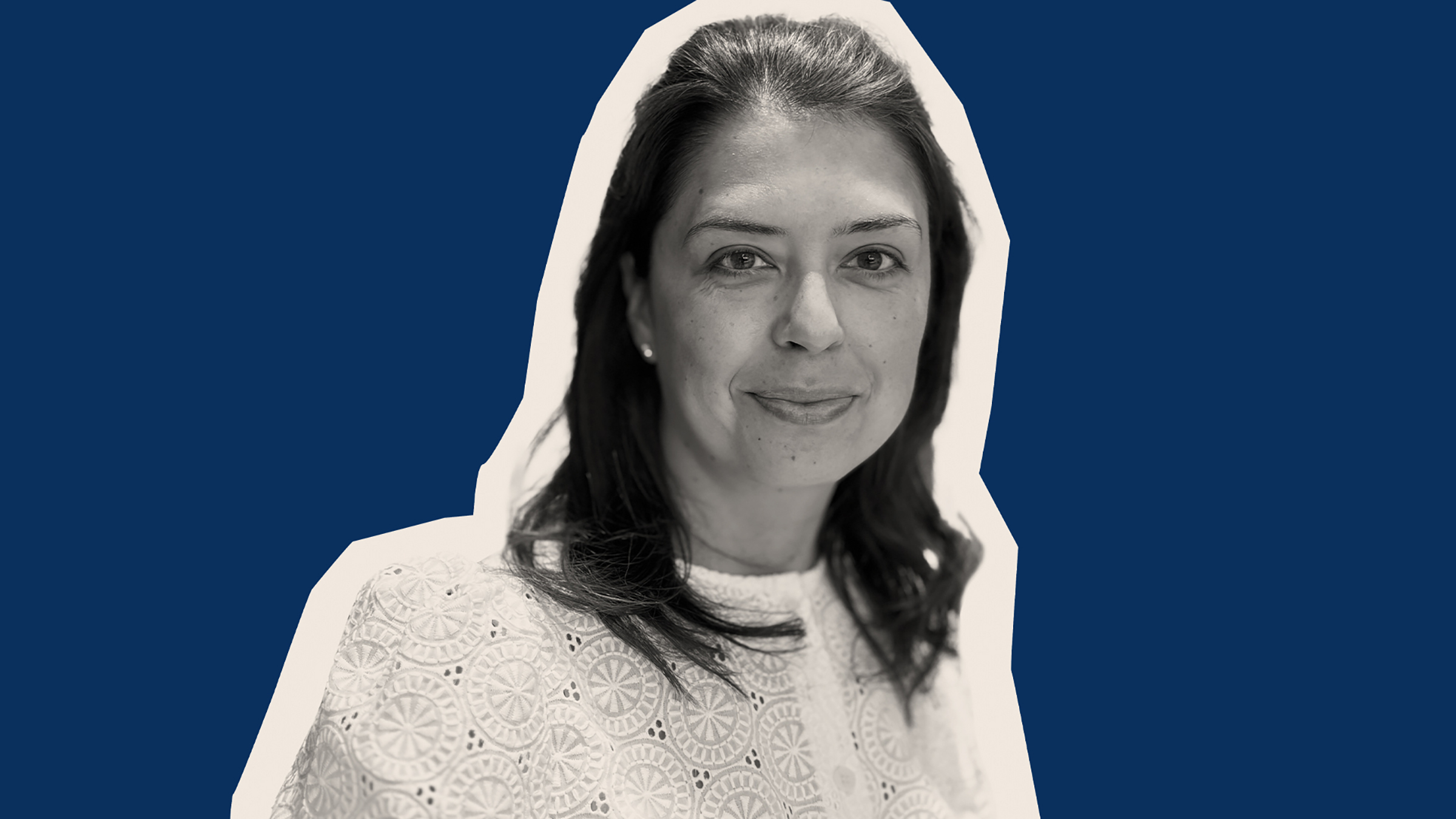
Thinking differently can give any company a competitive edge, something that every leader knows. Yet when it comes to tapping neurodiverse talent, many SMEs struggle to maximise this often misunderstood resource. This isn’t uncommon. The Neurodiversity at Work survey by Birkbeck, University of London, found that while 92 per cent of employers have an equity, diversity and inclusion policy, only 22 per cent include a focus on neurodiversity.
Stereotypes, misconceptions and uncertainties create significant barriers to integrating neurodivergent individuals. Hiring processes that are neurodiversity-aware often focus on the initial stages of recruitment, addressing hurdles such as restrictive job adverts and daunting interview scenarios. However, in my experience, these efforts frequently taper off once candidates are hired, leading to everyday challenges for neuroatypical workers.
Refining attraction and retention strategies to accommodate neurodiverse employees offers tangible business benefits, from enhanced creativity and problem-solving to increased productivity and loyalty. To tackle critical skills shortages and stay agile in unpredictable markets, it’s worth making practical and cultural adjustments to understand, nurture, and champion neurodiverse talent.
What is neurodiversity?
Neurodiversity refers to the variety of ways the human brain functions, learns and processes information. It includes those with autism, ADHD, dyslexia, DCD (dyspraxia) and other conditions. In the UK, 15 to 20 per cent of the population (10 to 13 million people) are neurodivergent, meaning their brains develop or work differently from neurotypical people. Each person's condition is unique.
While neurodivergent individuals may struggle with certain skills, they often excel in others. Without wishing to stereotype, some strengths associated with common developmental differences can include:
Autism
Exceptional problem-solving abilities, detailed knowledge retention, logical thinking, intense focus and reliability;
ADHD
Creativity, problem-solving, comfort with ambiguity, risk-taking, multi-tasking and deep focus when engaged;
Dyslexia
Resourcefulness, creativity, pattern-spotting, big-picture thinking, entrepreneurial skills and storytelling.
Barriers to neuroinclusive recruitment
Neurodiversity remains one of the most challenging areas of diversity and inclusion for both companies and candidates. Although many organisations implement initiatives to boost ethnic and gender representation, most have been slow to adopt a neuroinclusive approach to hiring.
As a result, job seeking can be highly stressful for neurodivergent candidates due to invisible obstacles in traditional recruitment methods.
Long, complex application forms can appear overwhelming, especially when they don’t use specific and direct language. Interview questions can seem vague and irrelevant to the role, leaving neurodivergent applicants feeling confused, demotivated and discouraged. Social mores and interview etiquette can feel like an uncrackable code: maintaining eye contact (but not staring), remembering to smile (but not too often) and shaking hands with just enough firmness.
Flexibility and awareness of the neuroatypical experience can create more inclusive recruitment processes, allowing applicants to display their strengths effectively.
Retaining neurodivergent colleagues
However, as I mentioned, inclusive recruitment is just the start. Neuro-inclusion needs to extend to training, career development, health, wellbeing and policy design.
The first step is fostering a culture of transparency, openness and awareness. The Birkbeck study found many neuroatypical individuals are reluctant to disclose their conditions to employers. They fear discrimination and believe colleagues lack the knowledge to help.
Businesses also face challenges in building neuro-inclusive cultures due to disclosure difficulties, low awareness among managers and uncertainty about effective adjustments.
Some effective measures include basic tolerance and common sense, such as not assigning complex proofreading tasks to someone with dyslexia. At Adecco, we partner with clients to find practical ways to help neurodiverse employees thrive. Commonly used strategies include:
Building a neurodiversity-positive employer brand
Include neurodiversity in your employee value proposition and showcase success stories of neurodivergent employees.;
Providing assistive technology
Use tools such as virtual assistants and dyslexic-friendly reading software to remove obstacles;
Flexible work schedules and locations
Understand individual needs and support them, whether that means working from home or adjusting office environments;
Making physical changes
Invest in adjustable lighting, partitions and quiet spaces to reduce sensory overload;
Regular check-ins
Ensure neurodivergent employees have what they need, such as extra time or suitable meeting schedules;
Creating a supportive environment
Enlighten your team with training, support groups and neuroatypical ally networks. Consult external experts if needed.
Embracing neurodiversity's potential
Developing a neurodiverse workforce is about breaking down barriers and opening doors. Employers who challenge prejudices and preconceptions will gain highly committed, capable strategists, problem-solvers and innovators ready to fill growing skills gaps.
If we want to foster inclusiveness, we need to do so intentionally. By creating workplace cultures where every individual is heard, valued and supported, we are preparing for a future where seeing things differently will be the key to success.
Niki Turner-Harding is the UK and Ireland country head at Adecco.
Related and recommended

The travel tour entrepreneur’s business is thriving after the pandemic because she listened to customers

Empowering employees to take ownership of decisions is vital to success, but they must accept the privilege and responsibility too

Fashion entrepreneur Dessi Bell explains why customers are looking for something different when they shop on the high street

Think assistants are just admin managers? Think again. They might be your greatest business asset

